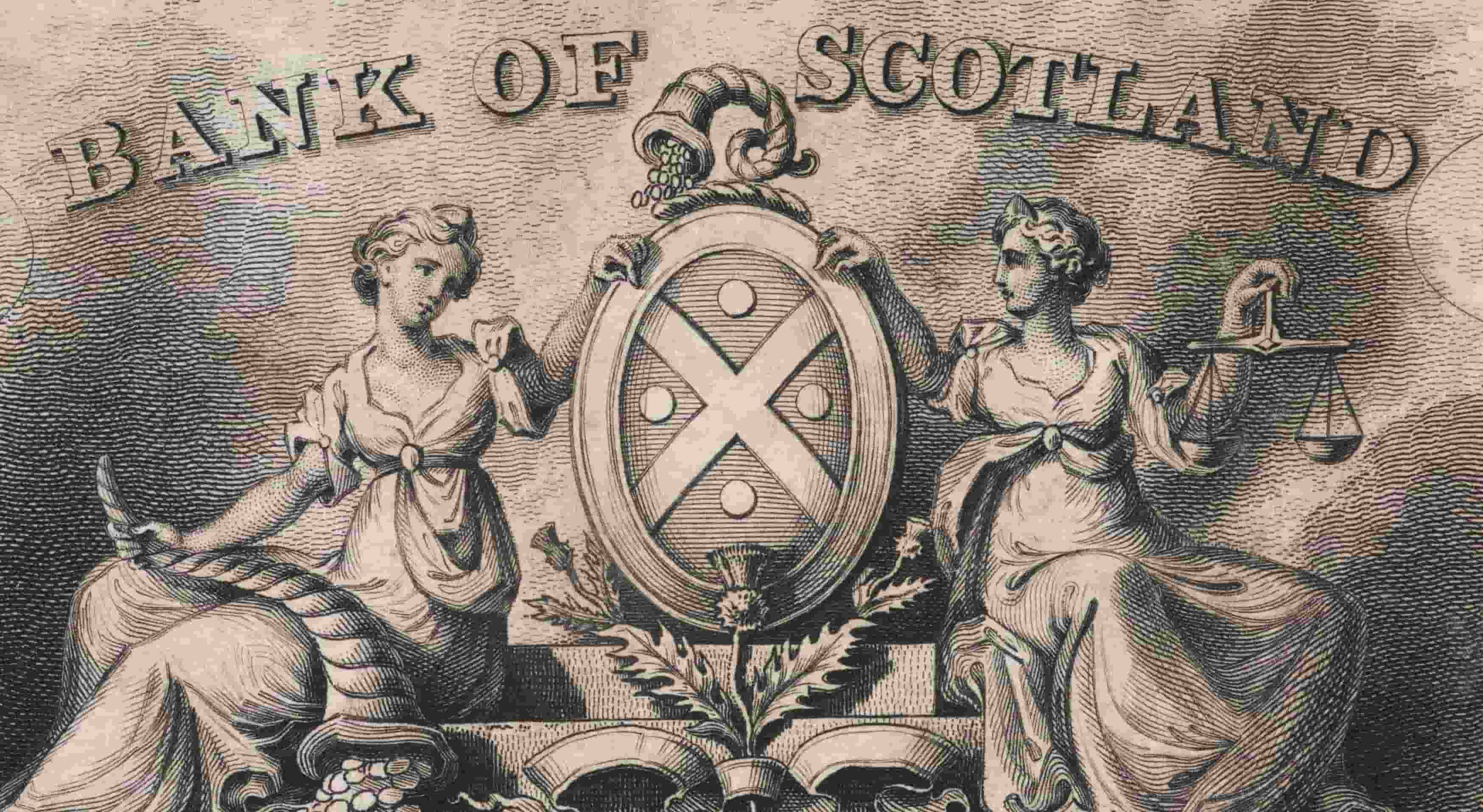Our purpose and strategy
Our purpose is Helping Britain Prosper.
A journey from small beginnings in the town of Halifax, Yorkshire, to becoming the UK’s largest mortgage provider.

The origins of the Halifax date back to the Industrial Revolution. Small towns across England were being transformed into manufacturing centres. People flocked from the surrounding countryside to work in them. But the sudden influx led to housing shortages and overcrowding.
A solution was found through newly emerging ‘building societies’ such as the Halifax.
The Halifax Permanent Benefit Building Society, as it was originally known, was established in Halifax in 1852. It was a loan and investment society for working people. Those with spare cash could deposit it and receive interest. Others could then borrow funds to buy or build a house.
Esau Hanson was the first person to be granted a Halifax mortgage. He borrowed £121 to buy land for a house in St John’s Lane. Coincidentally, our Trinity Road office is located on that very site today.

The early decades of the 20th century saw the Halifax grow from a small local society to a national institution.
Key to this transformation was Enoch Hill who served as Secretary, then President, of the Halifax from 1903 to 1938. Hill initiated a huge expansion of the Halifax network to cover all parts of the UK.
Then in 1928 he oversaw the takeover of a major rival building society. The new Halifax Building Society had assets of £47 million and was the largest institution of its kind in the world.

The aftermath of the First World War brought a severe housing shortage. The role of the Halifax was pivotal in supporting national house building schemes, advancing money to developers at very low rates of interest.
In total, it helped finance 14,000 new houses - 60% built under the government initiative.
Support for home builders was again required at the end of the Second World War. And again, the Halifax was there to help. Loan schemes were made available to large scale estate developers as well as private individuals.
The Halifax has a long history of supporting house building in times of need. In the 1860s, it helped finance two housing schemes in Halifax at Akroydon and West Hill Park.
With people flocking to work in local textile mills, new homes were urgently needed. The new projects provided more than 200 houses for local people.
Each house had at least 2 bedrooms and were equipped with running water and gas for cooking and lighting – truly ‘model’ homes of their day.
Both estates are still going strong today. Akroydon is now part of Boothtown and West Hill Park lies just to the north of Halifax Central Mosque.
The 1980s saw a radical shake up of the financial sector in the UK. New legislation allowed building societies to demutualise and increase their range of services to compete with traditional banks.
The Halifax began to offer retail banking, stock broking and insurance products.
But 1997 was the key turning point. That year Halifax members voted overwhelmingly for the organisation to convert to plc status.
On 2 June 1997, the Halifax Building Society ceased to exist. The share flotation was the largest seen on the UK stock market, with some 7.5 million new shareholders created.
Today, Halifax plc continues to serve savers and home buyers across the UK and is Britain’s largest mortgage provider.

Bank of Scotland was founded in 1695, by an Act of the Scottish Parliament - making it Scotland's first and oldest bank.

Since 1765, Lloyds Bank has been serving the people, businesses and communities of Britain.

Scottish Widows' Fund and Life Assurance Society was established on 29th July 1814.
Our museum is located in Edinburgh, in the Scottish Headquarters of Lloyds Banking Group. It charts the history of banking in Scotland, and explores the theme of money in all its shapes and forms.